Priceless paintings, vases and other treasures people didn't know they owned
Treasure sat right under people's noses
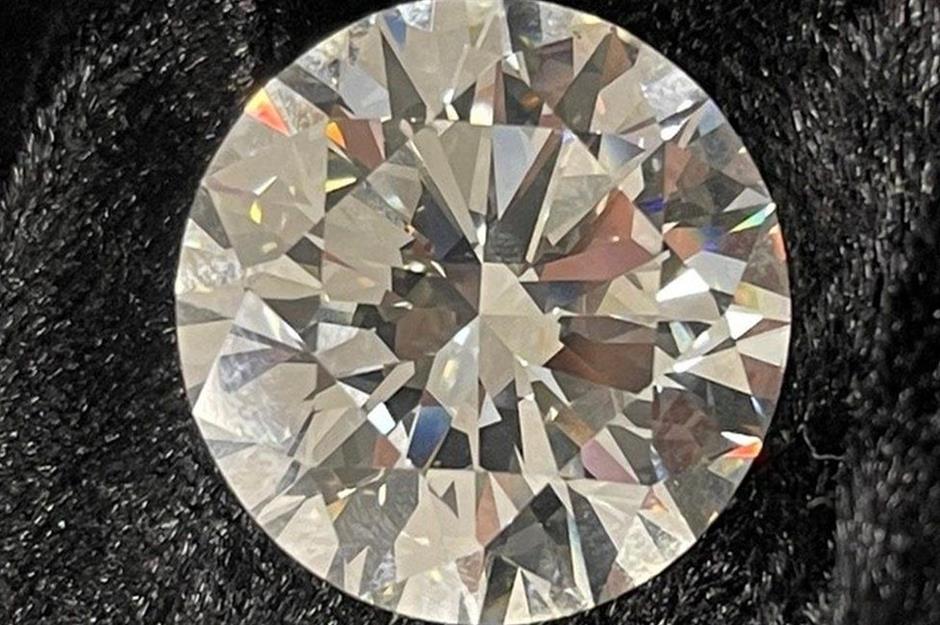
Dead man's treasure hidden in abandoned furniture: $30,000 (£23.3k)
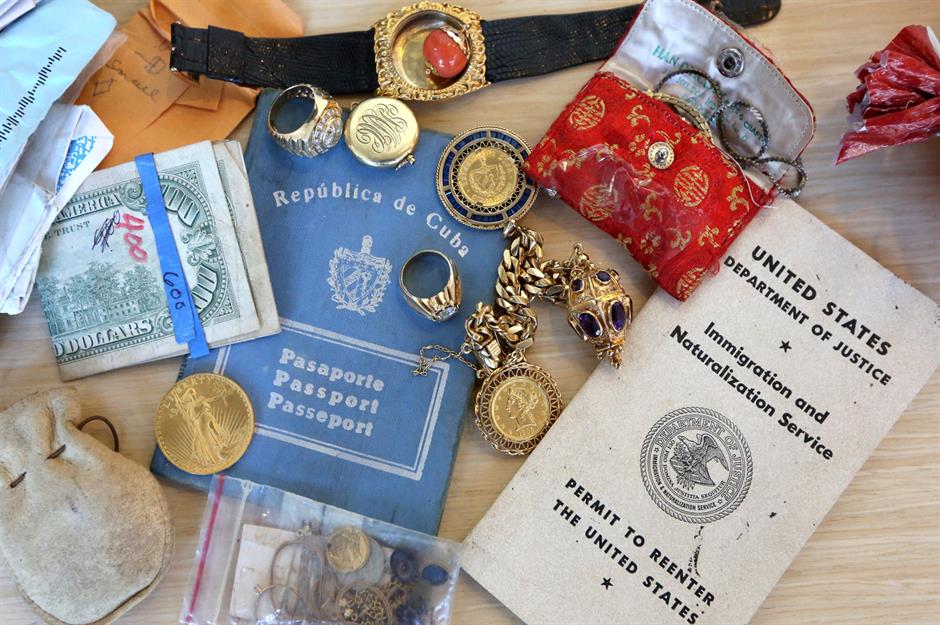
Dead man's treasure hidden in abandoned furniture: $30,000 (£23.3k)
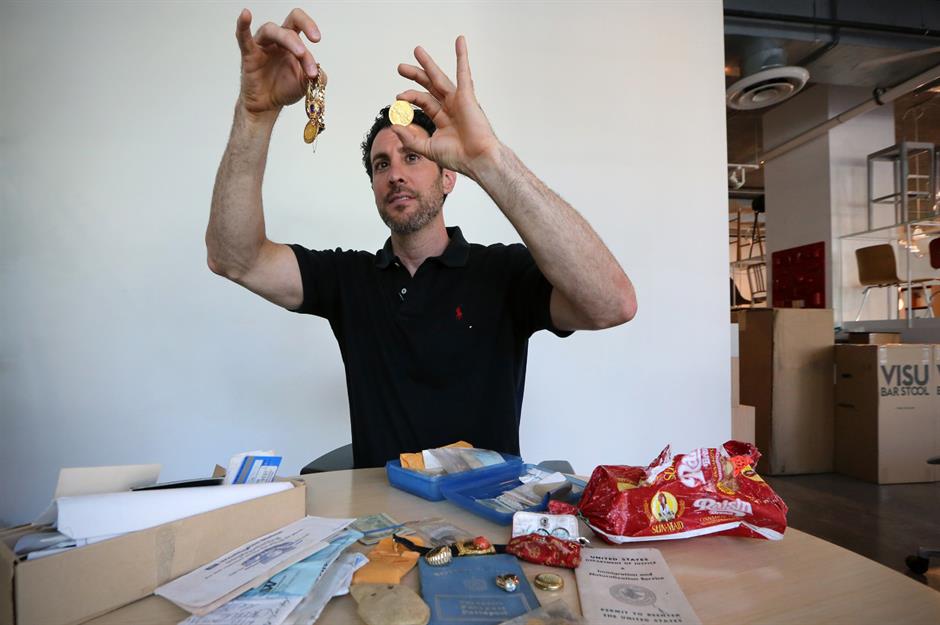
The René Lalique vase that was dumped in the loft: $51,600 (£42.6k)

The René Lalique vase that was dumped in the loft: $51,600 (£42.6k)

In 2008, the BBC's Antiques Roadshow TV show came to town, and the couple remembered the glass vase they had bagged for peanuts. Not expecting it to have any value, the pair were amazed to discover the car boot sale find was actually a highly desirable object by Art Nouveau icon René Lalique. The most valuable piece of glass to appear on the series, the vase was sold later that year for £32,450, which would be equivalent to $51,600 (£42.6k) today.
The doorstop that turned out to be a meteorite: $100,000 (£85k)
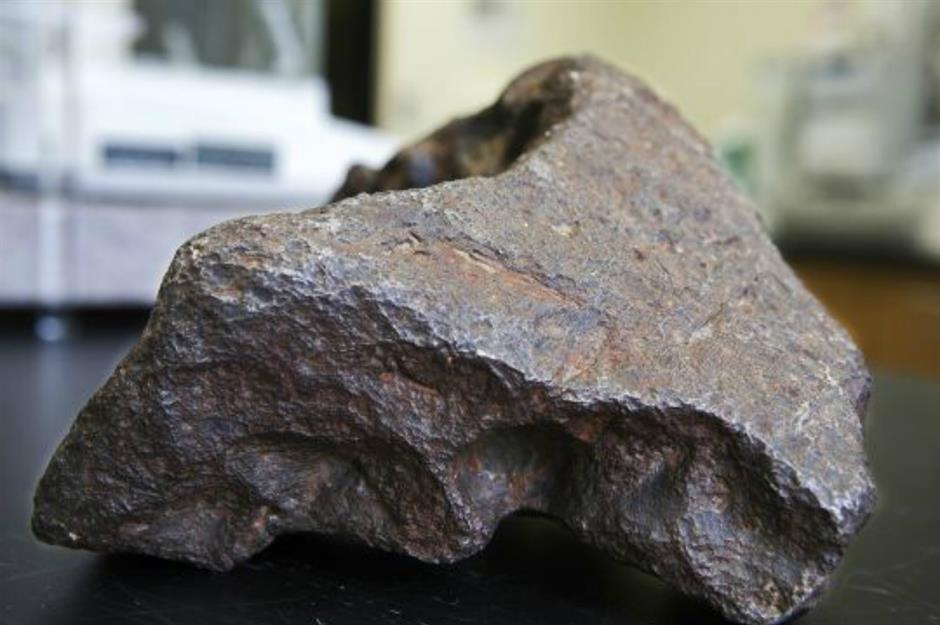
Farmer David Mazurek had been using a 23-pound rock as a doorstop ever since 1988, when he bought a barn and the rock came with it. He knew it was a meteorite – his kids even took it to school for Show and Tell – but had no idea of its value. It was only when he saw reports that meteorite pieces were selling for thousands that he took it to Central Michigan University (CMU) for examination.
The doorstop that turned out to be a meteorite: $100,000 (£85k)

The Meiji vase in Spenger's Fresh Fish Grotto: $110,000 (£85k)
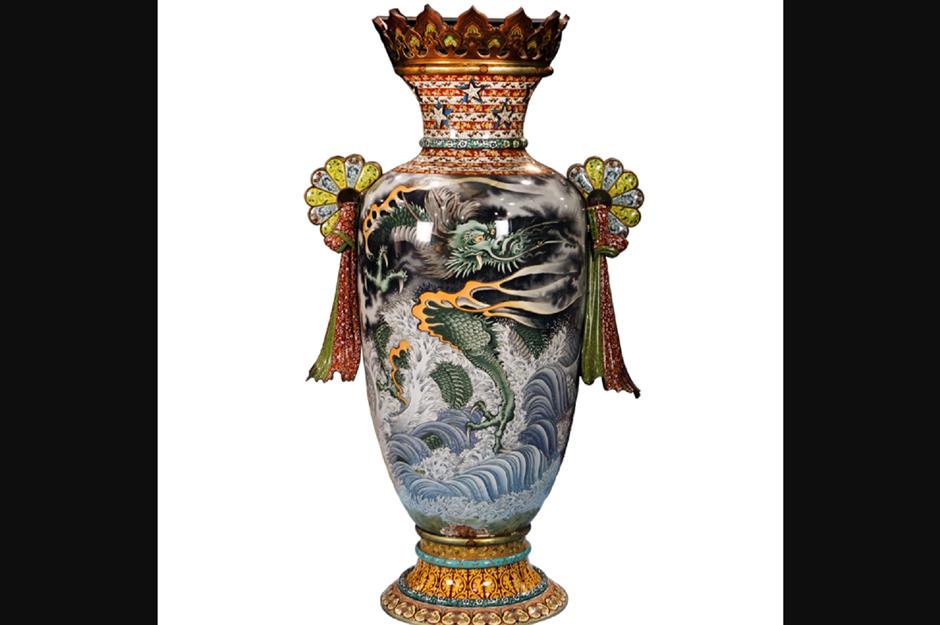
Standing over 8 feet (2.44m) tall, this monumental vase would be tricky to miss. But for over 120 years it had been hiding in plain sight: in the dining hall of Spenger's Fresh Fish Grotto, one of the oldest restaurants in San Francisco. Frank Spenger bought the vase, which was painted by a team of famous Japanese artists, at the city's Midwinter Fair in 1894.
The Meiji vase in Spenger's Fresh Fish Grotto: $110,000 (£85k)
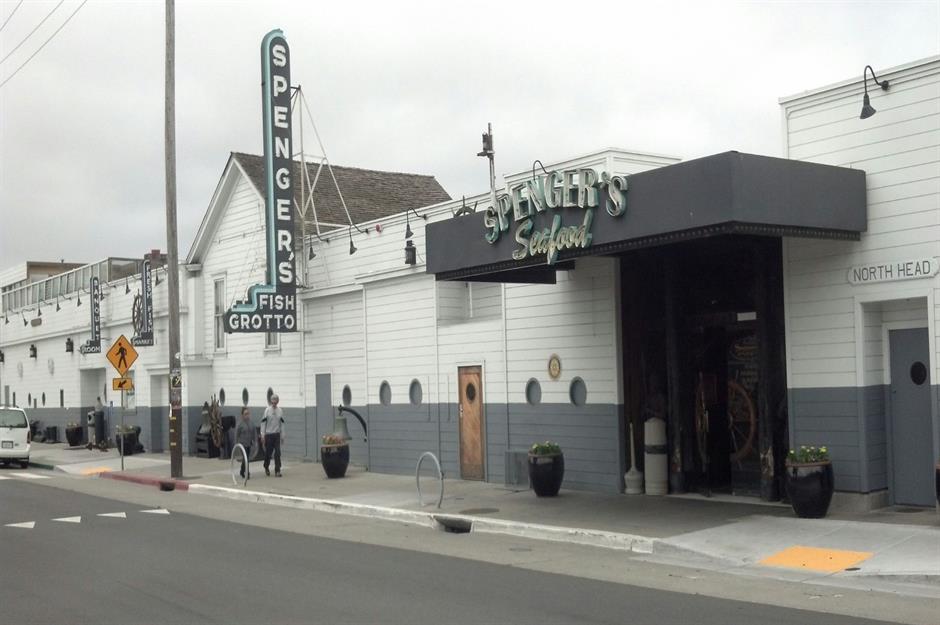
The vase dates from the Meiji era in Japan (1868-1912) and was originally one of a set of three. Although the other two vases were found a long time ago, the final vase had been presumed missing until Spenger's collection went to auction in February 2019, after the Fresh Fish Grotto closed its doors in 2018. Despite a few areas of damage, the vase surpassed its original estimate of $30,000-$50,000 (£22.3k-£37.1k) and eventually sold for $110,000 (£85k).
Two gold bars found in grandmother's sheets: $102,200 (£78.6k)
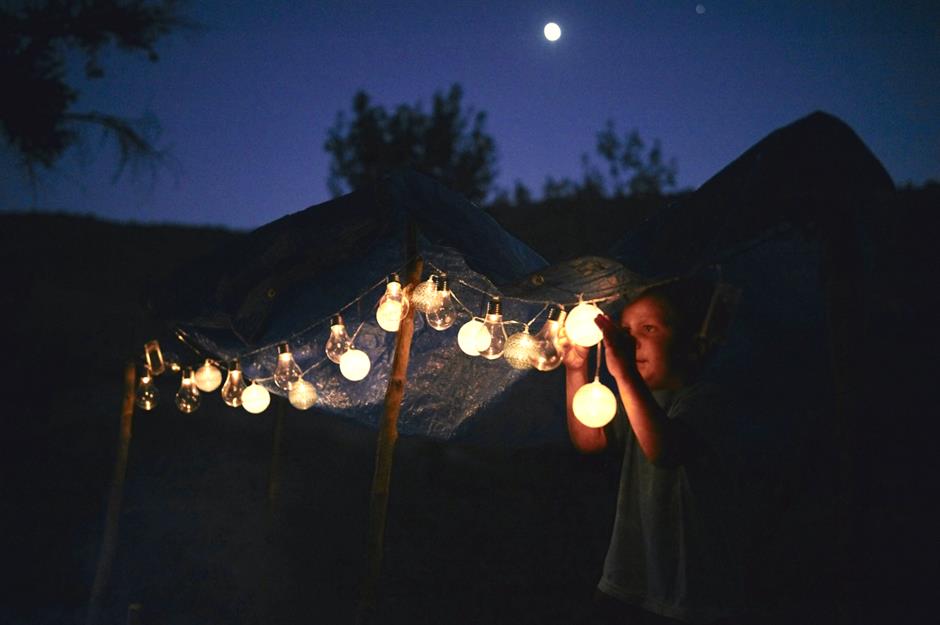
A family from Paris, France moved out to a family home in Vendôme, south-west of the capital, at the beginning of the COVID-19 pandemic, and the two children, aged around 10, asked if they could build a den in the garden. Their father agreed, telling them that they could use some of their late grandmother's sheets to do so. But when the boys unravelled the sheets they found more than they had bargained for.
Two gold bars found in grandmother's sheets: $102,200 (£78.6k)
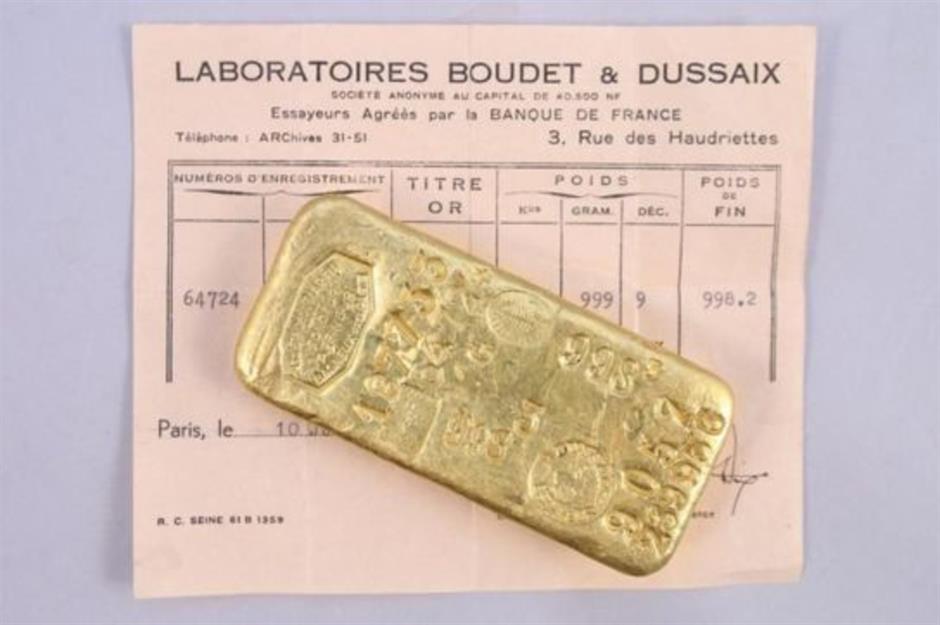
Out tumbled two heavy objects that had been wrapped up in the sheets, but the brothers didn't pay too much attention and put them back. It was only when they later mentioned it to their father and he asked them to bring the objects to him that the family realised that the heavy objects were in fact two gold bars weighing 1kg (2.2lb) each. After some investigating it was found that their grandmother had bought the bars in 1967, and there was proof of purchase. The bars sold at auction for €47,000 ($51.1k/£39.3k) each in June.
The Roman planter found in a decrepit garden: $107,800 (£89k)
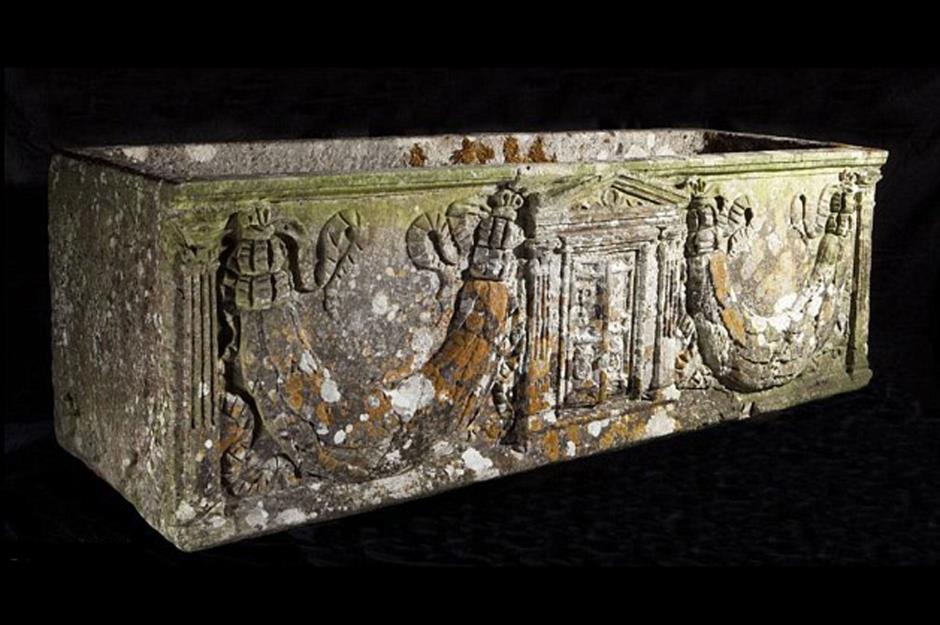
The Roman planter found in a decrepit garden: $107,800 (£89k)
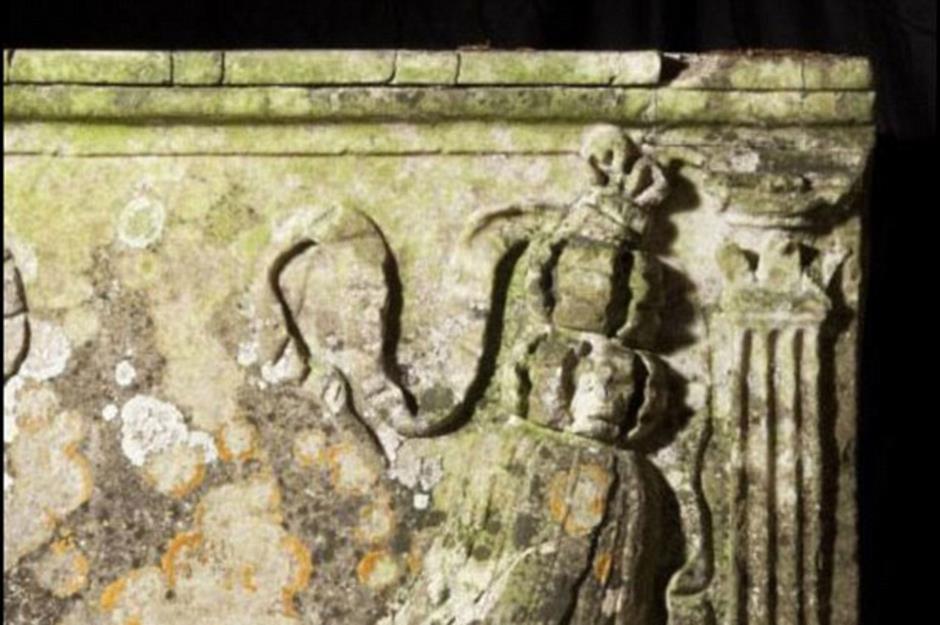
On closer inspection, Schwinge realised the trough was in fact a beautifully-carved solid marble Roman sarcophagus. The artefact, which dates from the second century, was acquired by the family who owned the old house back in 1913 and had been forgotten about over the years. Schwinge managed to locate the original sales catalogue with details of the purchase. The ancient stone coffin was put up for auction in October 2012 and fetched a tidy $107,800 (£89k), almost double the $56,900 (£47k) estimate.
The lost Aboriginal painting hanging in a government office: $115,000 (£94.9k)
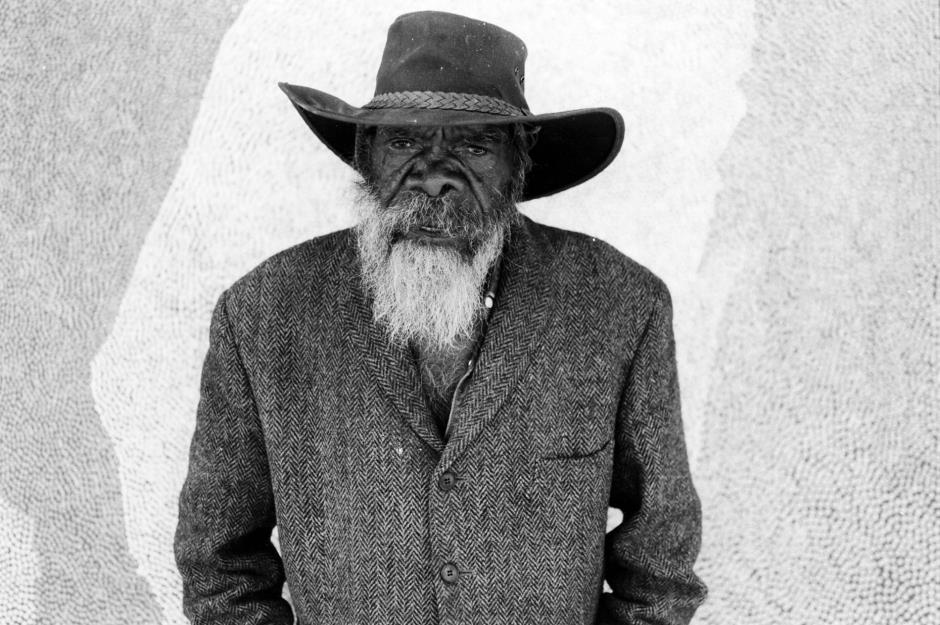
A seminal piece of contemporary Aboriginal art, Travelling Dreaming by Mick Namarari Tjapaltjarri was loaned to the office of the chief minister of Australia's Northern Territory back in 1978, but went walkabout in the early 1980s. Efforts to find the painting proved fruitless and the artwork was largely forgotten about.
The lost Aboriginal painting hanging in a government office: $115,000 (£94.9k)
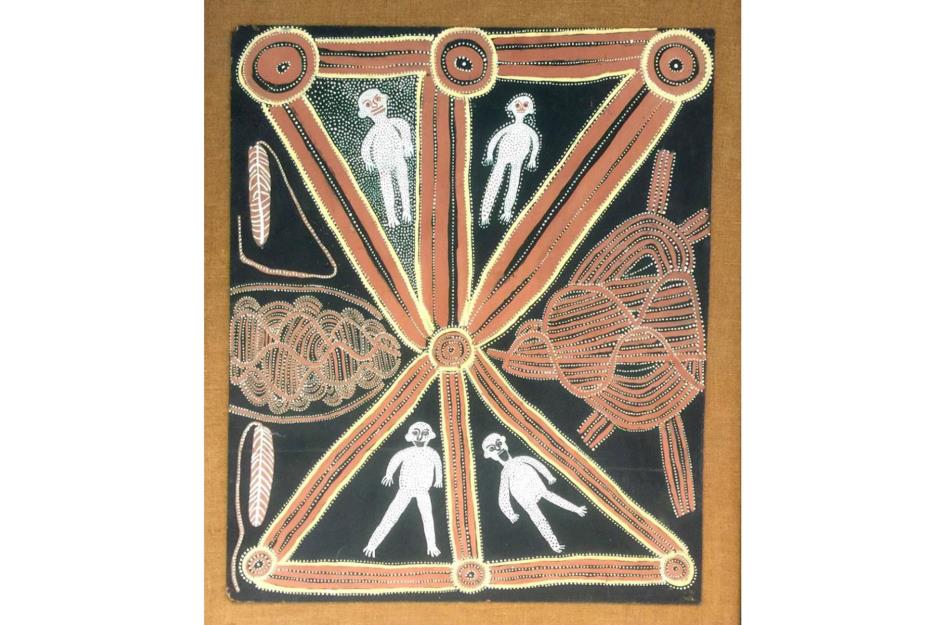
A rare Chinese vase found in a house clearance: $260,000 (£200k)

In August 2019, an elderly gentleman clearing out his house in Felixstowe, England decided to get this Chinese vase valued by auction house Diamond Mills. Initially, the 18th-century antique was valued at between £10,000 and £20,000 ($13k-$26k), but it ended up selling for 10 times as much.
A rare Chinese vase found in a house clearance: $260,000 (£200k)
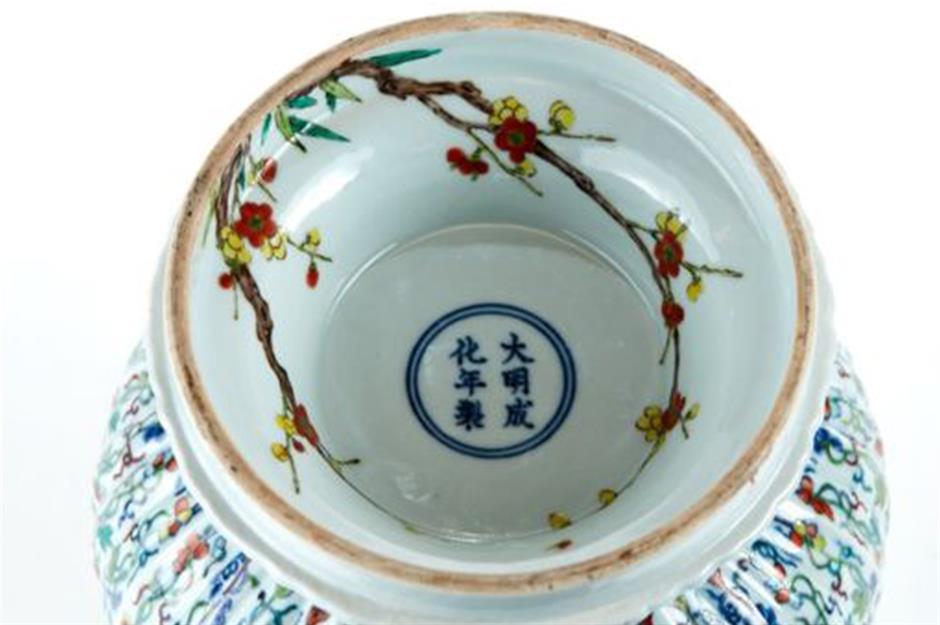
The vase, which was given to the man by his aunt, who had picked it up on her travels, was bought by an anonymous buyer for £200,000 ($260k). This made it the most expensive item ever sold by the Suffolk auction house.
The Ancient Egyptian sphinxes in an English garden: $265,000 (£195k)
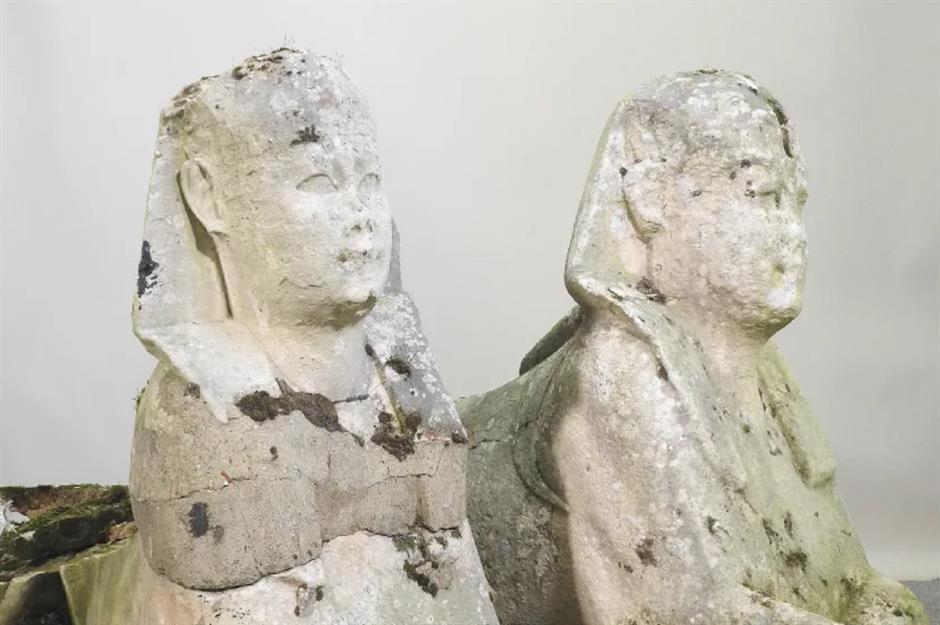
In October 2021, a family from the town of Clare in Suffolk, England contacted Mander Auctioneers about a pair of statues. Measuring over a metre long, the statues had sat in the garden for about 15 years and were in poor condition. The family had bought them for a couple of hundred pounds at a country house sale and believed they dated from the 18th century. On closer inspection, the auctioneers discovered they were much, much older.
The Ancient Egyptian sphinxes in an English garden: $265,000 (£195k)
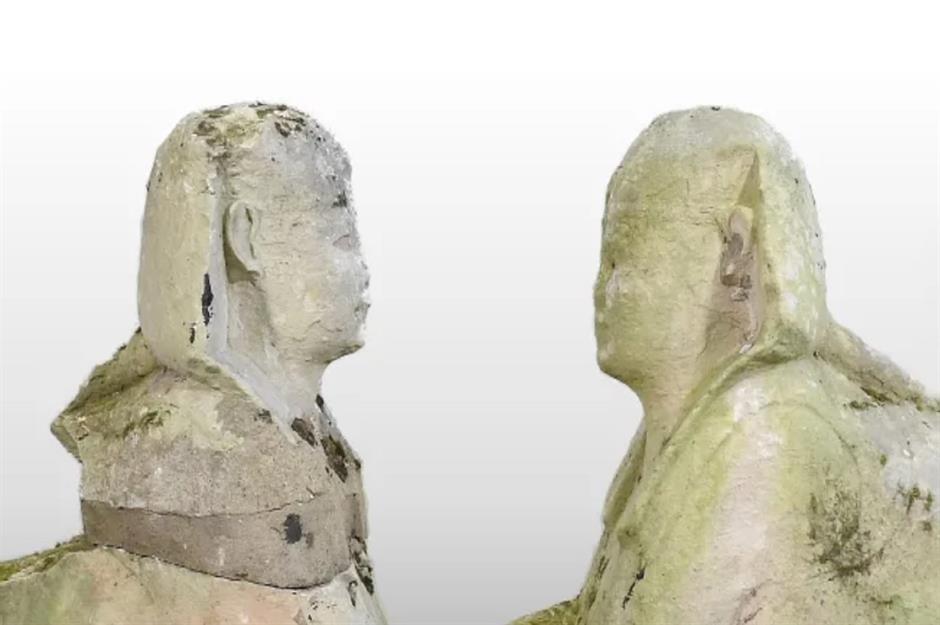
The Avant-Garde masterpiece spotted in the Stuart Little movie: $270,000 (£208k)
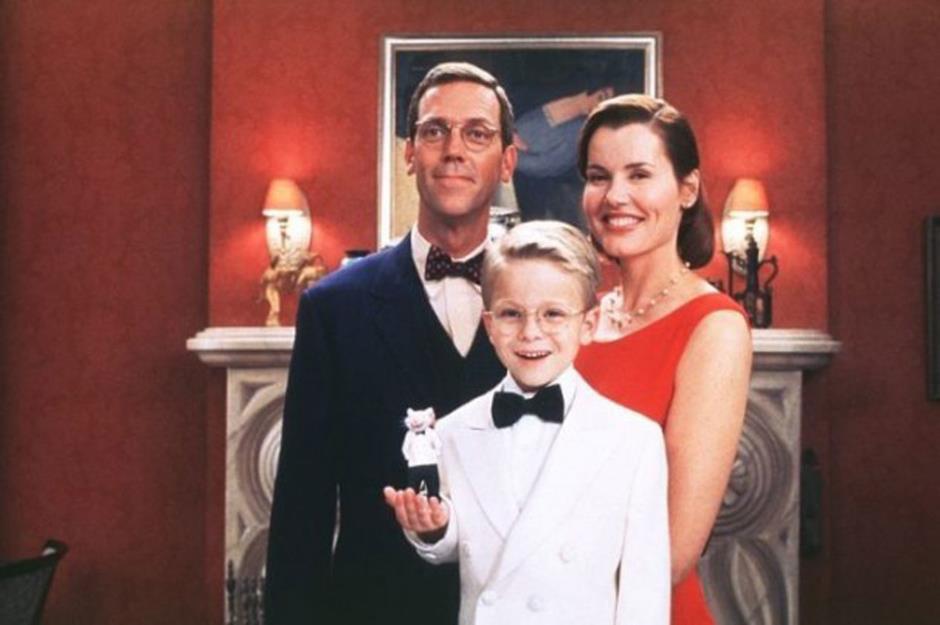
One afternoon in 2009, art historian Gergely Barki was watching the 1999 movie Stuart Little with his daughter when he spotted what looked suspiciously like a long-lost painting by Avant-Garde Hungarian artist Róbert Béreny in a scene.
The Avant-Garde masterpiece spotted in the Stuart Little movie: $270,000 (£208k)
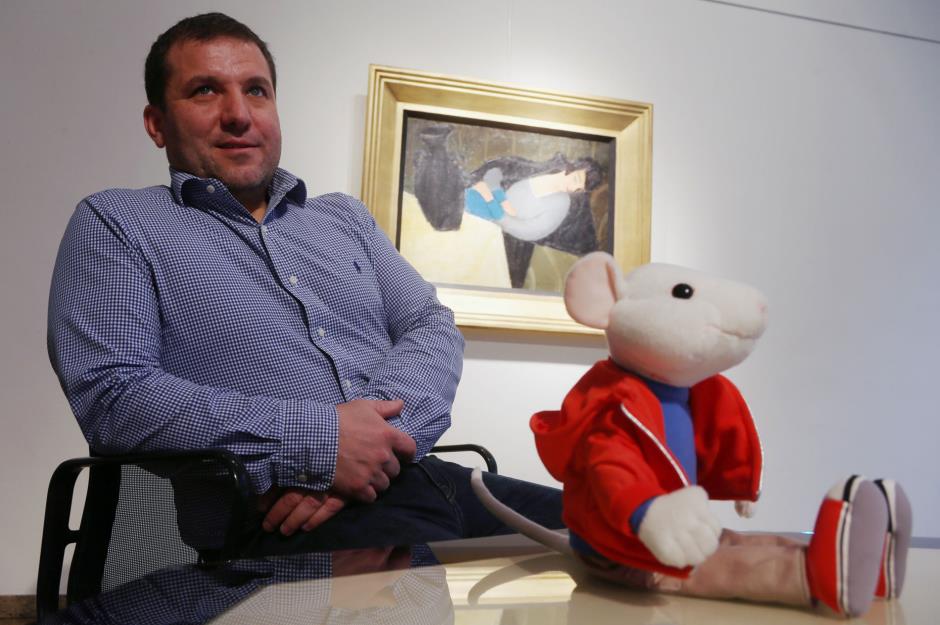
The 1926 painting, which is called Sleeping Lady with Black Vase, was bought in a Californian antiques store for next to nothing by an assistant set designer, who thought it would work perfectly for Stuart Little's living room. After learning of its value, the set designer, who was gifted the painting following the shoot, sold it to a private collector. The artwork, shown here with Barki, was then returned to Hungary where it fetched €229,500 ($270k/£208k) at auction in 2014.
Star Wars toys left in a garage: $330,000 (£250k)

Star Wars toys left in a garage: $330,000 (£250k)

In turned out they were in possession of a stash worth hundreds of thousands of pounds. Aston's Auctioneers sold the items for more than £250,000 ($330k) with the best piece in the collection, this vinyl cape Jawa toy, selling for a remarkable £22,000 ($29k). The best sale for the auction house in 15 years, but sadly it was also its last as the business has now closed permanently after being adversely affected by the coronavirus pandemic.
The Tiepolo drawing found in an attic: $340,000 (£250k)
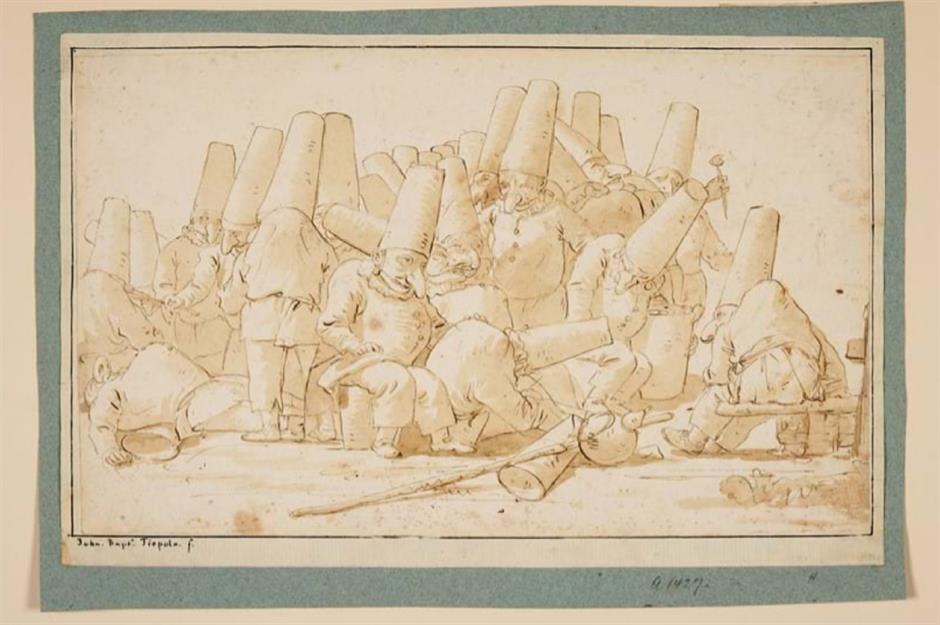
The Tiepolo drawing found in an attic: $340,000 (£250k)
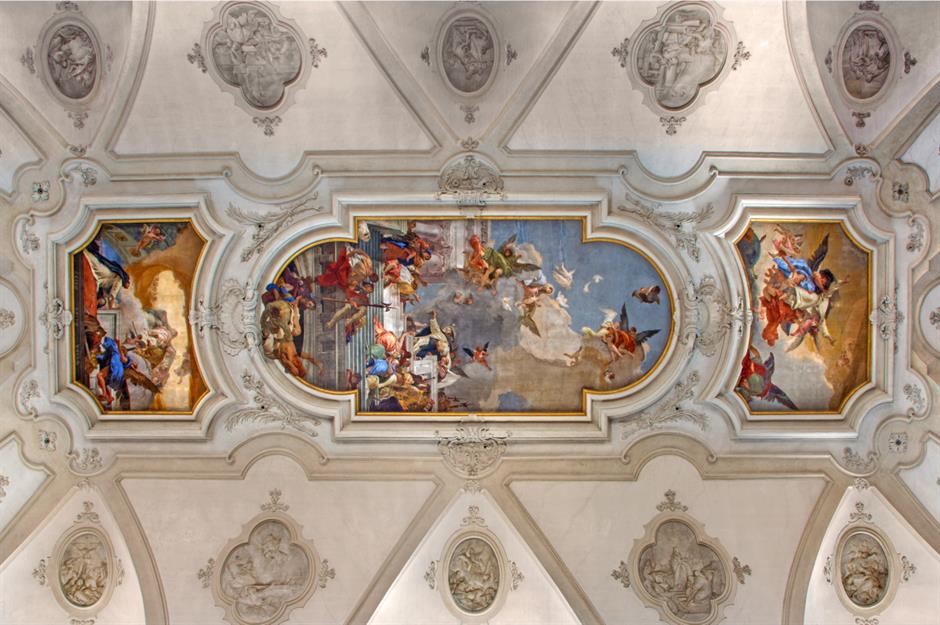
The Chinese Song dynasty pot sitting on a dresser: $443,000 (£320k)
.jpg)
The Chinese Song dynasty pot sitting on a dresser: $443,000 (£320k)
.jpg)
The pot was valued at £500-£800 ($690-$1,100) but turned out to be a piece of 12th-century Ru ware, made during China’s Song dynasty around 1100. The ultra-rare item sold for a staggering £320,000 ($443k).
The Old Master painting discovered in a spare room: $655,000 (£540k)
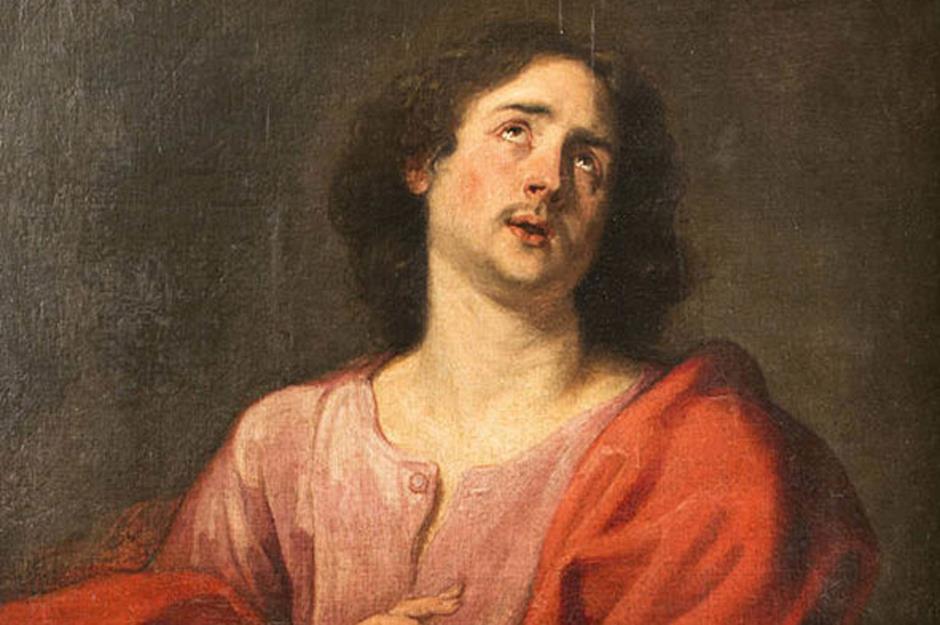
The Old Master painting discovered in a spare room: $655,000 (£540k)

The Qing famille rose vase left in storage: $761,900 (£550,000)
.jpg)
The Qing famille rose vase left in storage: $761,900 (£550,000)
.jpg)
The gold coins found in the walls of a French mansion: $1.2 million (£893k)

The gold coins found in the walls of a French mansion: $1.2 million (£893k)
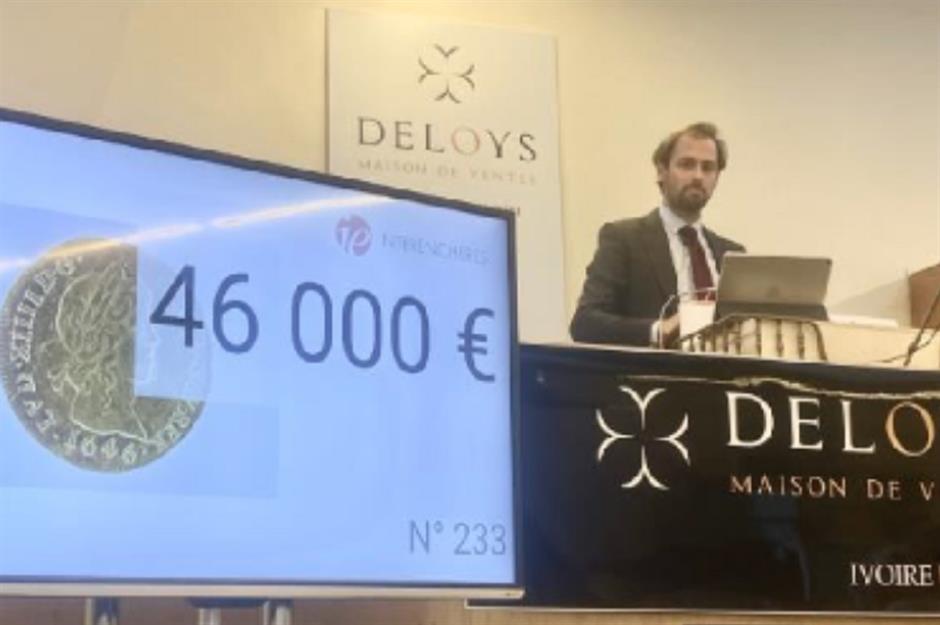
The tired old blanket found in a closet: $1.5 million (£1.2m)

The tired old blanket found in a closet: $1.5 million (£1.2m)
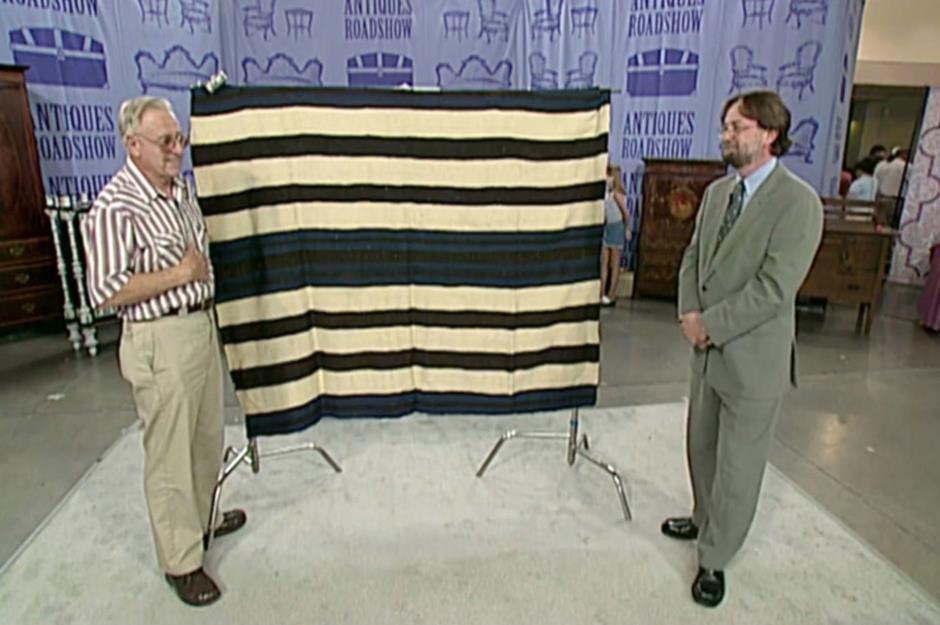
Krytzer had watched an episode of Antiques Roadshow, which featured a similar Navajo textile that was valued at half a million dollars, and got thinking about the old blanket in his closet that he'd inherited from his grandmother. He decided to get it appraised and the blanket, which dates from 1840, turned out to be even more valuable than the Antiques Roadshow find. Six months after the valuation, it sold for $1.5 million (£1.2m), completely turning Krytzer's life around.
Now read about the hoax treasure finds that fooled the world
An 18th-century bust propping open a shed: $1.7 million (£1.4m)
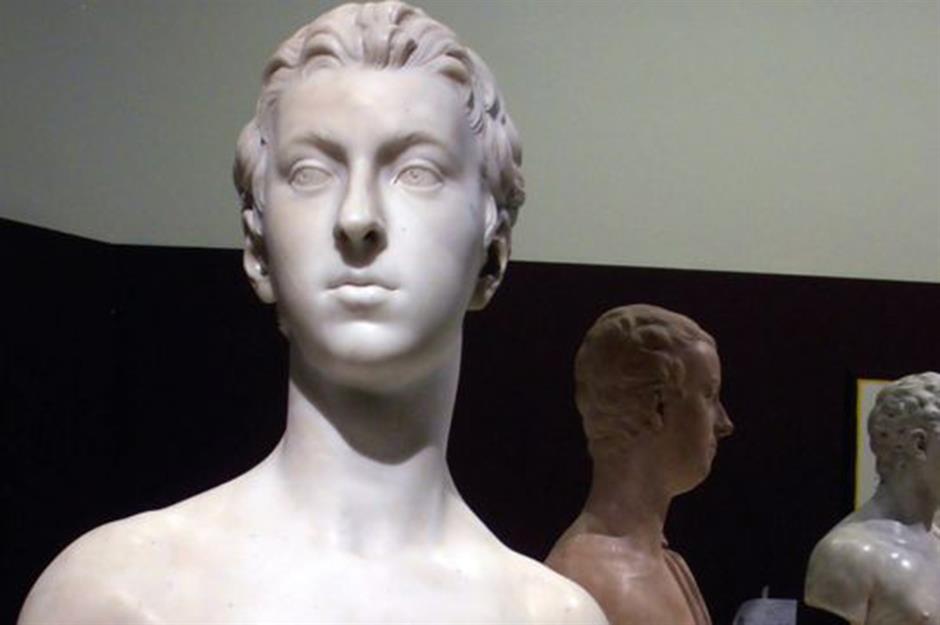
Hardly the first place you’d look for antiques, this unique 18th-century bust was discovered propping up the door of a shed on an industrial estate in Balintore, Scotland in 1998. Discovered by Councillor Maxine Smith, the bust is of 18th-century Scottish politician Sir John Gordon and was created by French artist Edmé Bouchardon in 1728.
An 18th-century bust propping open a shed: $1.7 million (£1.4m)
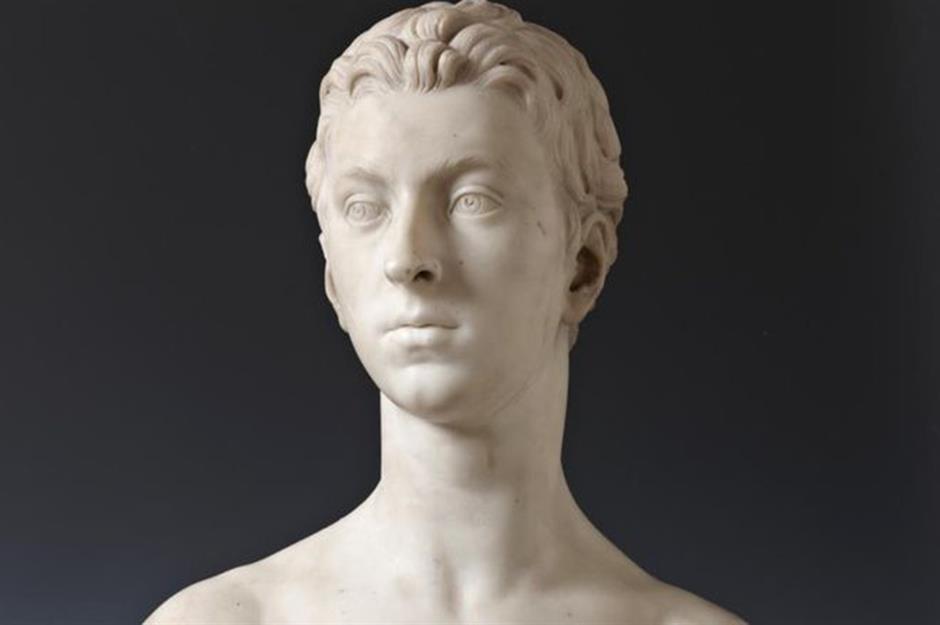
The missing antique cabinet gracing a pizza joint: $1.8 million (£1.5m)
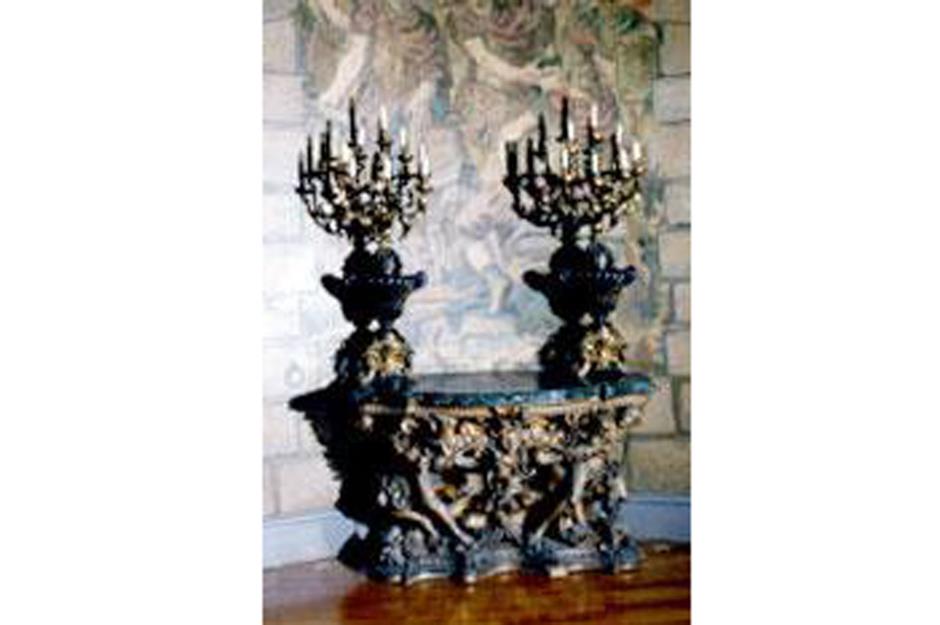
The most important piece of Roman Baroque furniture ever sold in the UK, the bottom half of this ornate 17th-century cabinet was discovered by Sotheby's Mario Tavella in 2007 sitting outside the toilets of a branch of the pizza restaurant chain Ask in York, England.
The missing antique cabinet gracing a pizza joint: $1.8 million (£1.5m)

Tavella had been hunting for the missing bottom half for two decades and couldn't believe his luck when he came across the antique in the York pizza parlour, which was being used by diners as a place to rest their drinks while they used the bathroom. The cabinet, which was once owned by Pope Clement IX, was the star lot at Sotheby's Important Italian and Continental Furniture sale in December 2007. It went under the hammer for just over £1 million, which would be $1.8 million (£1.5m) in today's money.
The gift that turned out to be a Canaletto: $2.4 million (£2m)
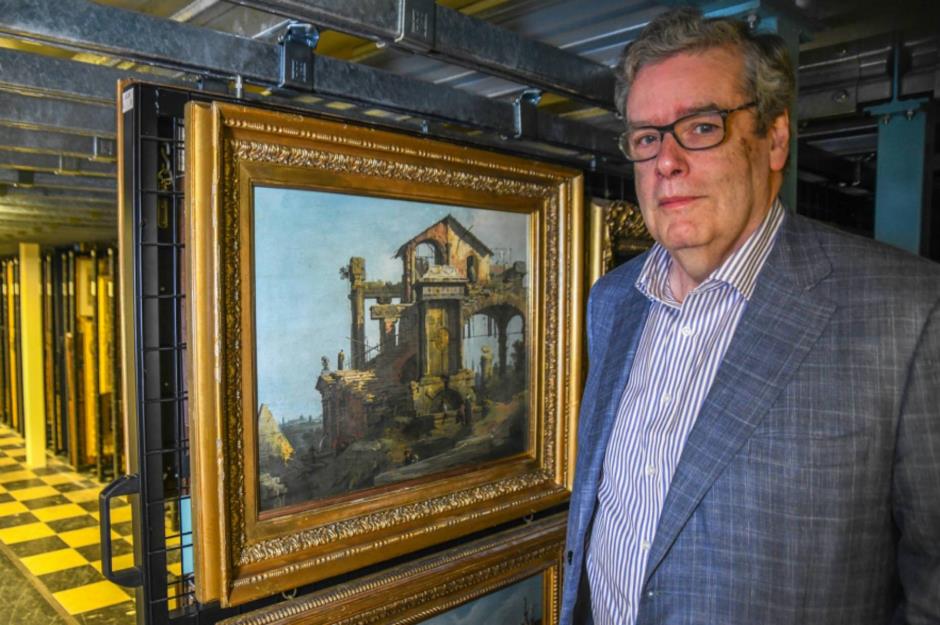
Until relatively recently the University of Aberdeen in Scotland didn't know it was in possession of a painting by the Italian artist Canaletto. The painting was left to the Scottish university in 1863 by Alexander Henderson and the gift was part of a package that included an important collection of ancient Greek pottery. But nobody understood the painting's importance until John Gash, a senior lecturer in History of Art at the university (pictured), along with leading Canaletto expert Charles Beddington, were able to confirm that it is authentic.
The gift that turned out to be a Canaletto: $2.4 million (£2m)
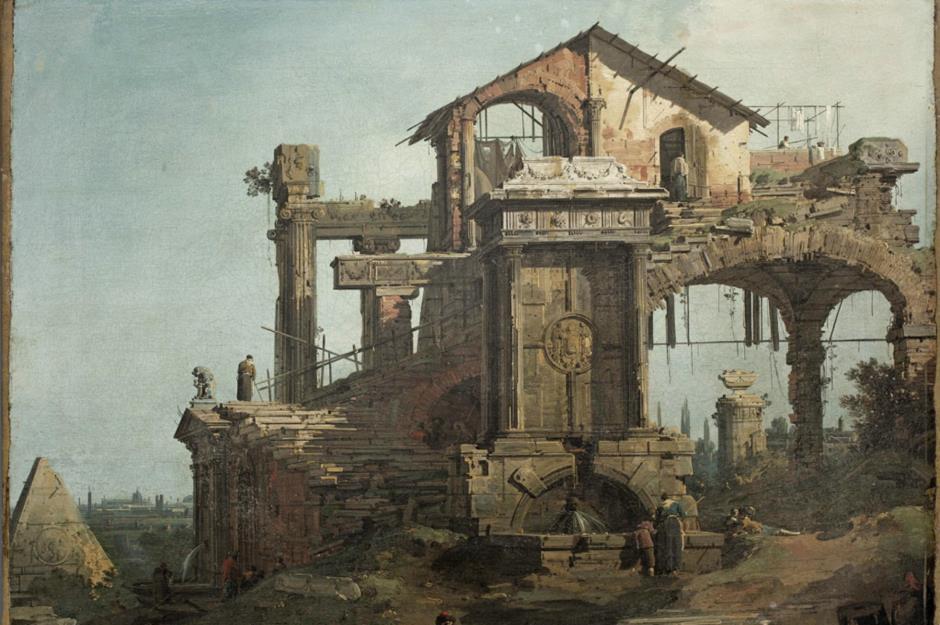
The Constable hanging under the stairs: $2.8 million (£2.3m)
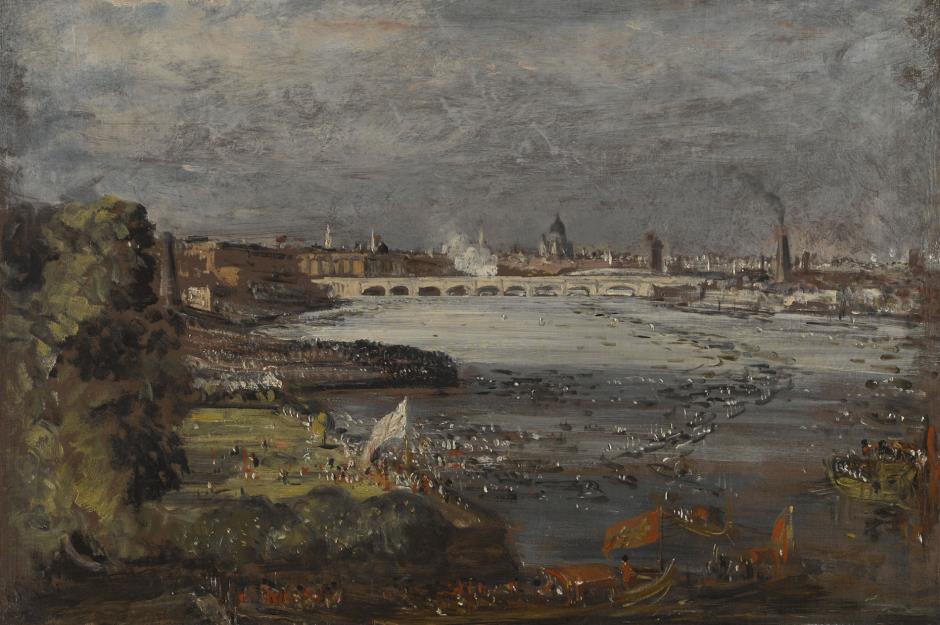
The Constable hanging under the stairs: $2.8 million (£2.3m)
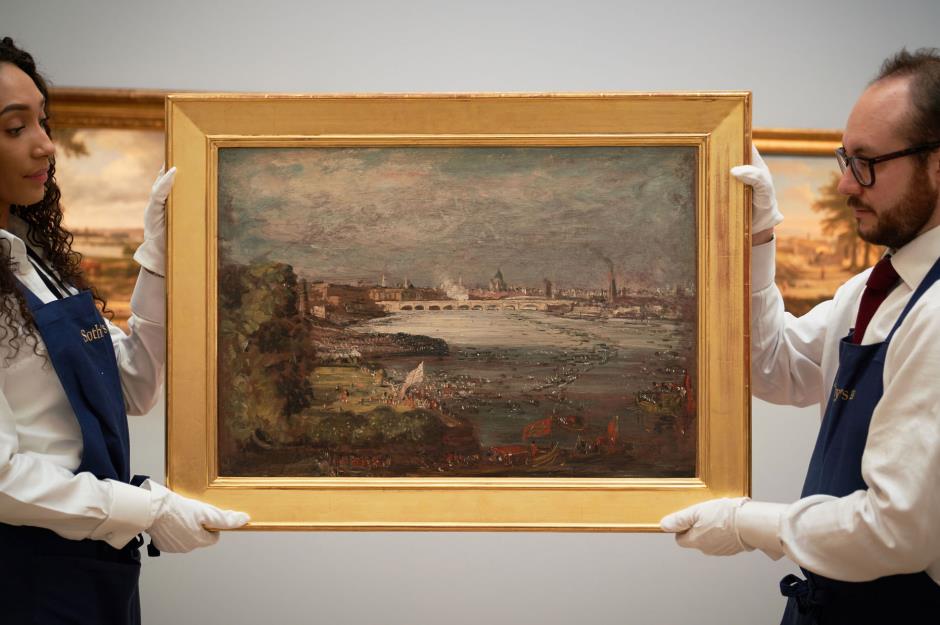
The homeowner was bowled over when Gascoigne told him the painting, which is the first preparatory sketch for Constable's 1832 painting The Opening of Waterloo Bridge, was the work of one England's most celebrated artists. As you can imagine, the client didn't waste any time putting the artwork up for auction, and in December 2018 Sotheby's sold the lost painting for $2.8 million (£2.3m), eclipsing its estimate of $1.8 million (£1.5m) by a long shot.
Now read about the bargain buys that made huge returns
The dining room Rembrandt nobody liked: $3.7 million (£2.8m)
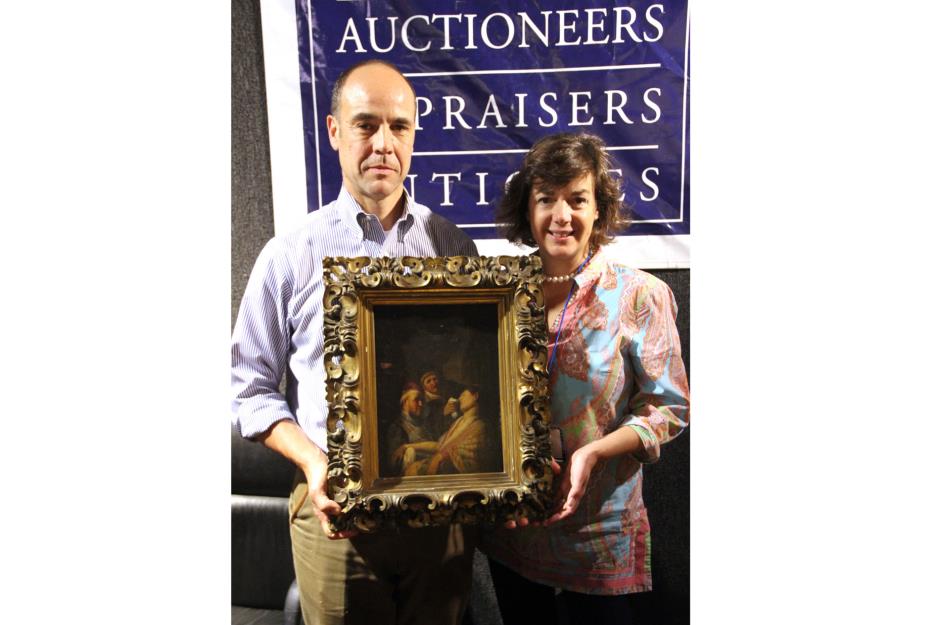
An unassuming New Jersey home is the last place you'd expect to find a painting by Dutch Old Master Rembrandt van Rijn, so brothers Ned, Roger and Steven Landau could be forgiven for overlooking the masterpiece that had hung in their parents' Teaneck dining room for decades. After their parents passed away, the brothers decided to get a valuation of the artwork, which their grandfather had bought in the 1930s, and called on the services of John and Kathy Nye (pictured) of the Nye & Company auction house in Bloomfield, who immediately recognised it as a lost Rembrandt.
The dining room Rembrandt nobody liked: $3.7 million (£2.8m)
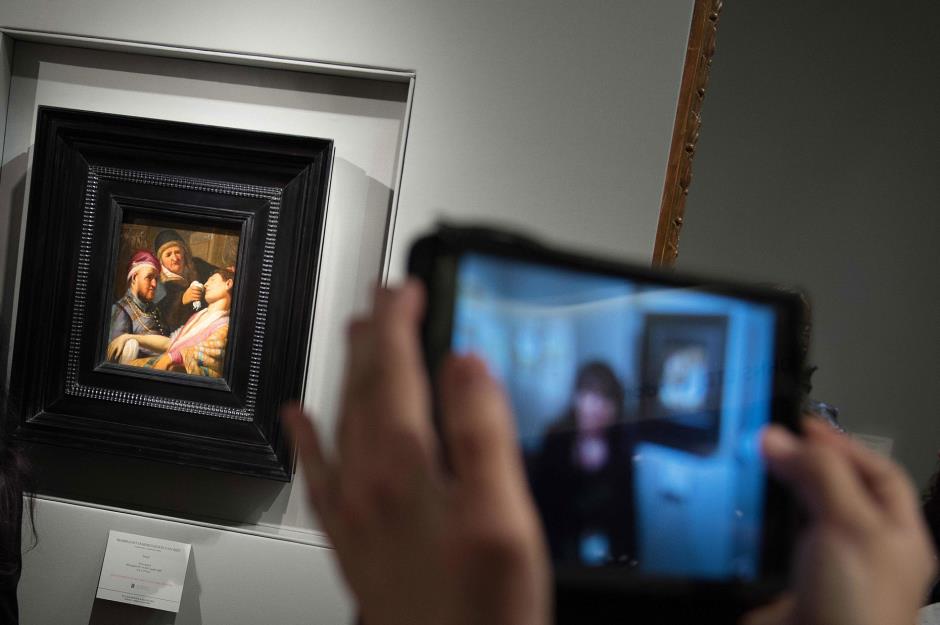
The painting is of an unconscious youth being administered smelling salts, titled: Unconscious Patient (Allegory of Smell). According to reports it was bought by New York financier Thomas Kaplan in September 2016 for around €3.3 million ($3.7m/£2.8m) and has since featured in an exhibition at the J. Paul Getty Museum in Los Angeles.
The museum-quality Japanese chest used as a TV stand: $7.6 million (£6.3m)
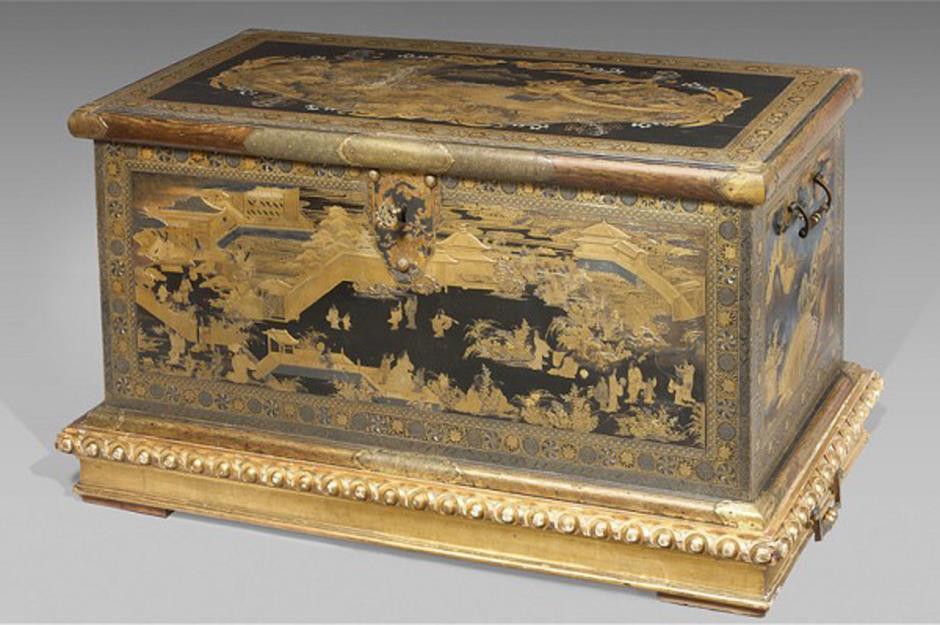
The museum-quality Japanese chest used as a TV stand: $7.6 million (£6.3m)
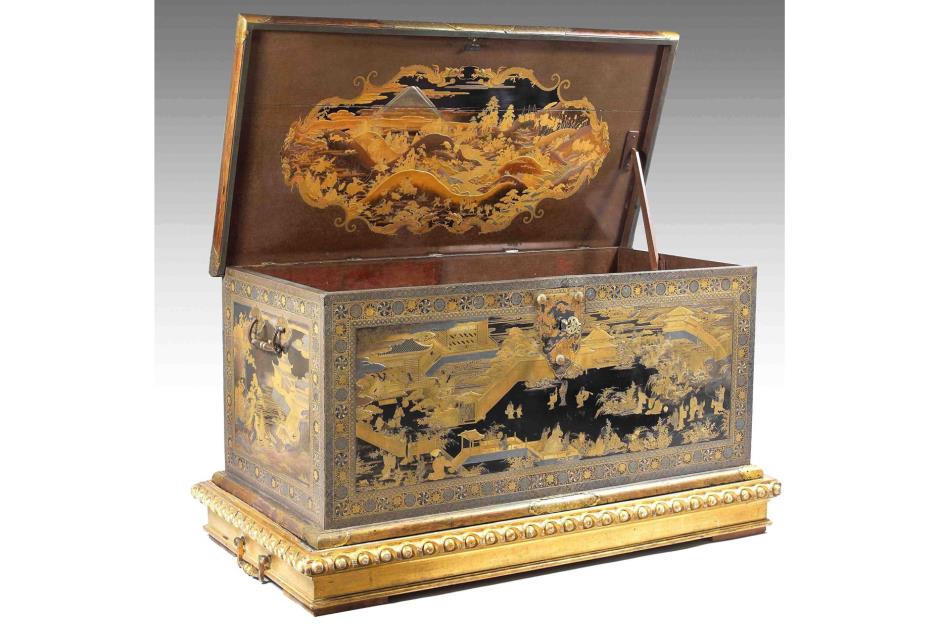
A painting by Fragonard spotted in a French apartment: $9.1 million (£6.6m)
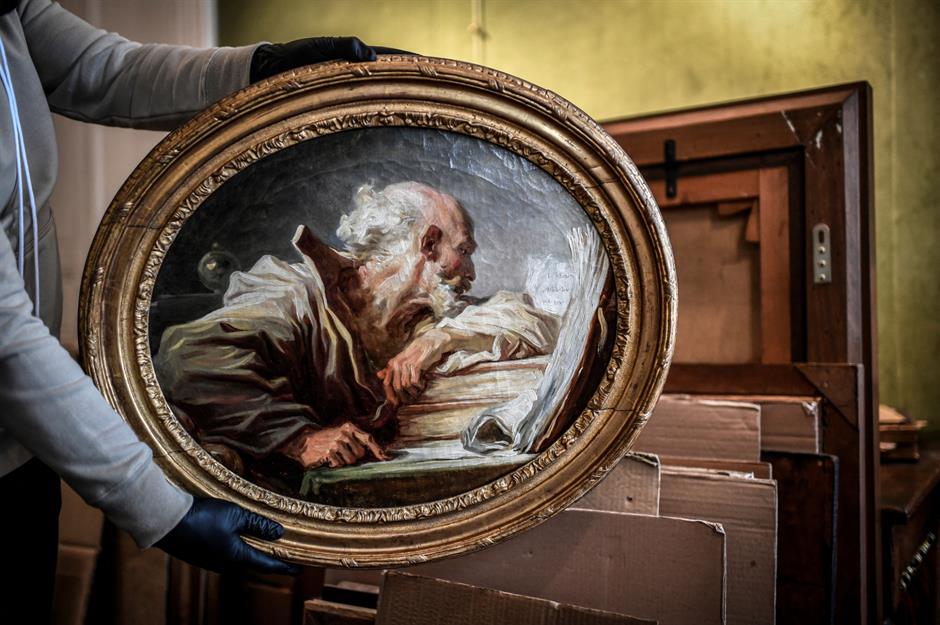
A painting by Fragonard spotted in a French apartment: $9.1 million (£6.6m)
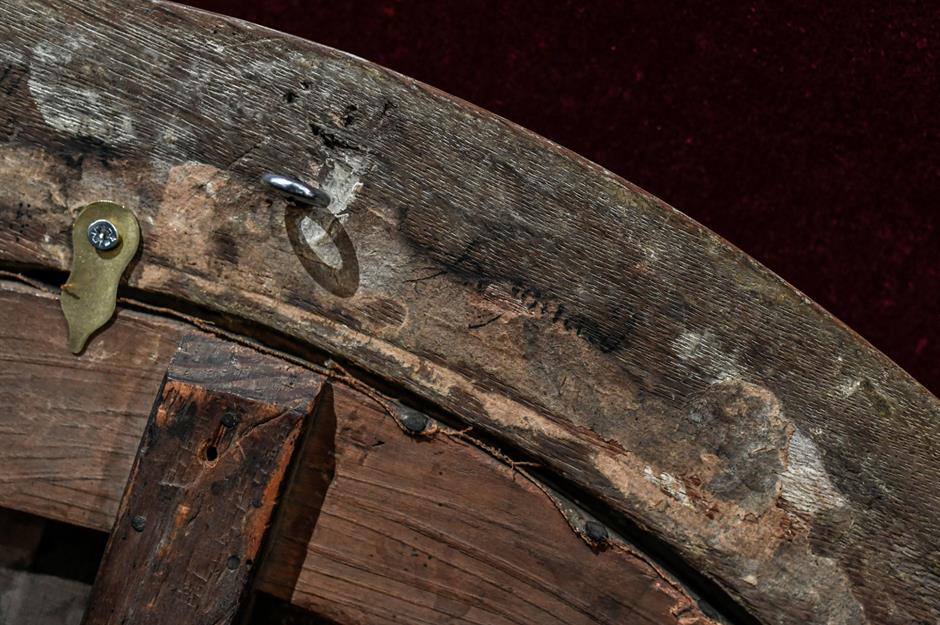
Long-lost Cimabue found hanging in kitchen: $26.5 million (£20.3m)
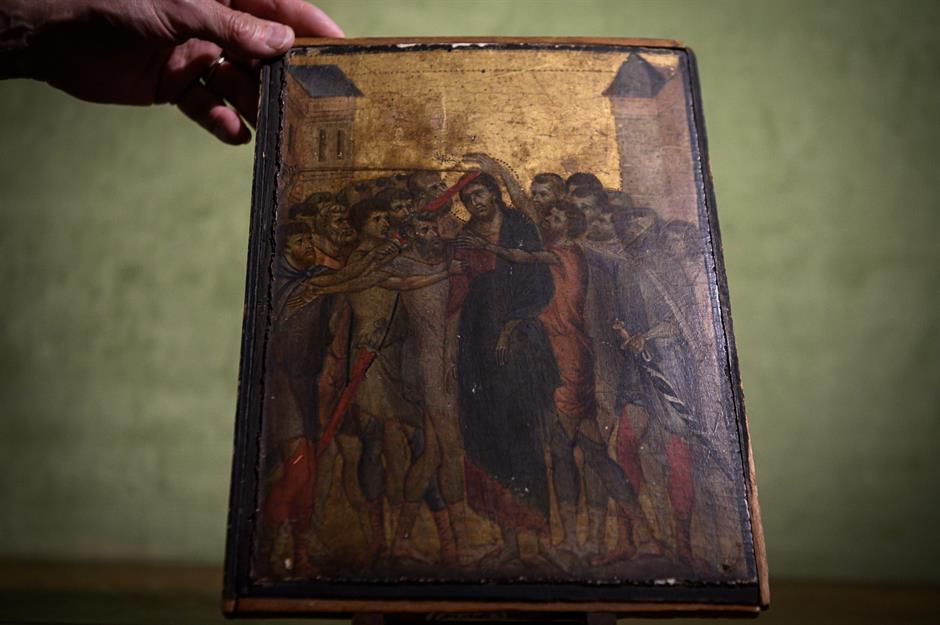
This religious piece took pride of place above an elderly lady's hotplate in her kitchen before experts were called in to value her belongings when she moved into a care home in Compiegne, France. They were delighted after DNA results and worm tracks proved that the painting was Christ Mocked, a long-lost part of a 13th-century series of paintings by Cimabue. At auction the work reached a staggering €24 million ($26.5m/£20.3m), which was nearly five times more than its pre-auction estimate of €6 million. This made it the most expensive medieval painting ever sold, which is remarkable considering the work's diminuitive size of just 20cm by 26cm (8 inches by 10 inches).
Long-lost Cimabue found hanging in kitchen: $26.5 million (£20.3m)
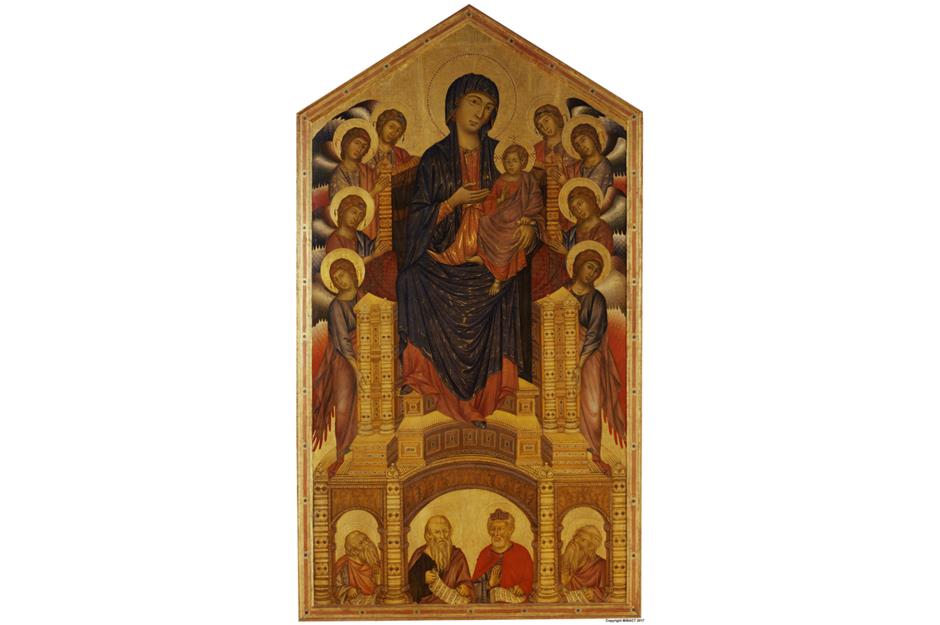
The buyers were private collectors from the US who specialise in Italian Renaissance art. Shortly after the auction, however, the French state declared that the piece was a "national treasure", and refused to provide a certificate for its exportation. If the funds are raised to buy the painting from the US collectors, the newly-found Cimabue will be displayed in the Louvre in Paris, alongside the Maestà (pictured), which is another of the artist's works.
Three exquisite Ming vases used as umbrella stands: up to $64.4 million (£53.1m)
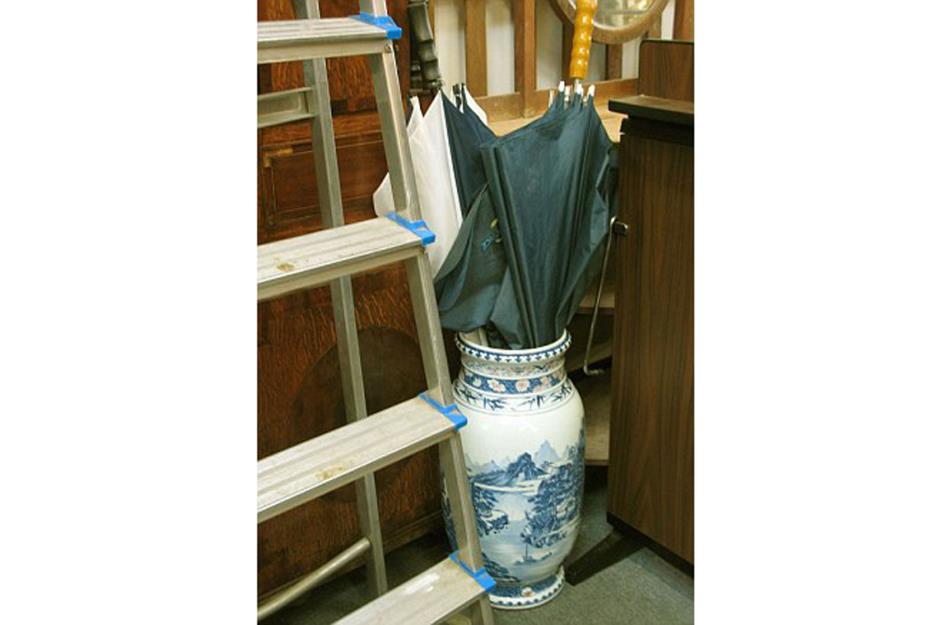
Exceedingly valuable Ming vases masquerading as ordinary umbrella stands seems to be a more regular occurrence than you might think. In 2010, a retired couple from Dorset, England brought their battered umbrella stand into Duke's auction house for valuation. It was revealed to be an 18th-century Ming vase worth $616,150 (£500k), and would have been worth more had it not been damaged by the umbrellas it had been holding.
Three exquisite Ming vases used as umbrella stands: up to $64.4 million (£53.1m)
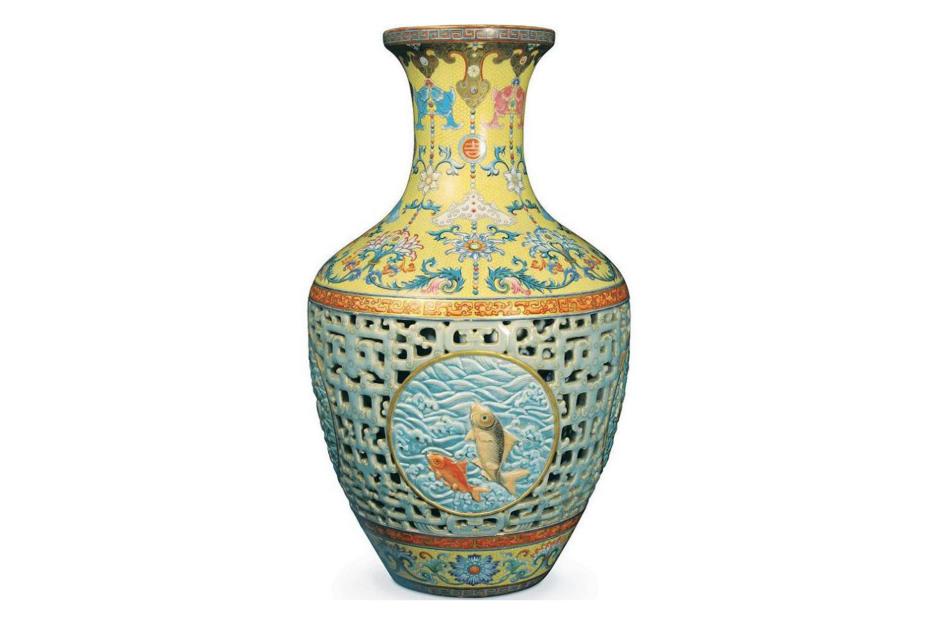
That same year, a Ming vase from the Qianlong period realised a record auction price of $64.4 million (£53.1m). The historically-important vase, which had also doubled up as an umbrella stand, was discovered during a house clearance in London.
Three exquisite Ming vases used as umbrella stands: up to $64.4 million (£53.1m)
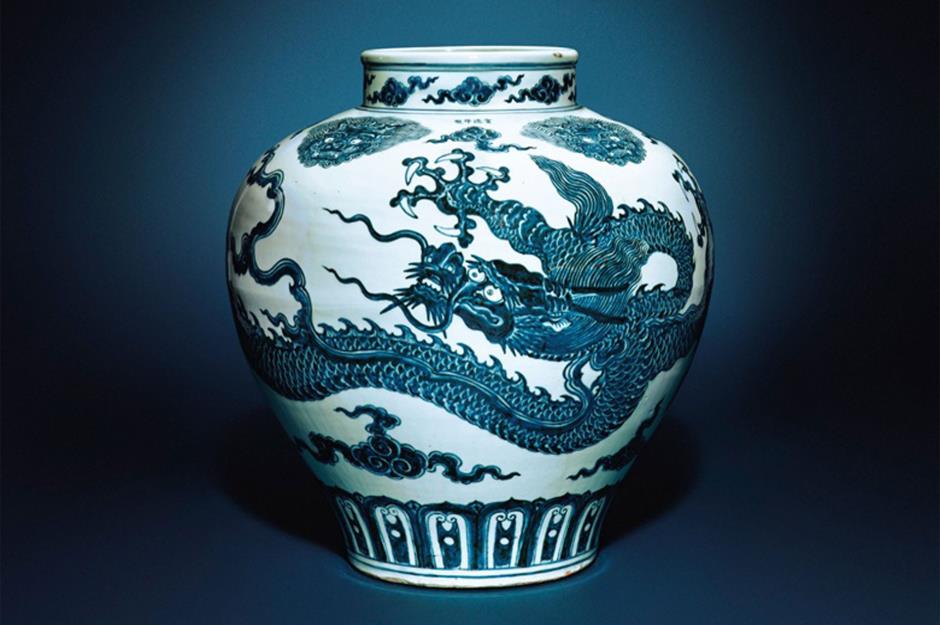
Christie's London reported a similarly spectacular find in 2016. A valuer who was appraising objects in a client's home stumbled upon an 18th-century Dragon vase that was being used to store umbrellas. The treasure went on to sell for $20 million (£16.5m) at auction in Hong Kong.
Now take a look at these treasures that were discovered in the trash
The 34-carat diamond in the jewellery box
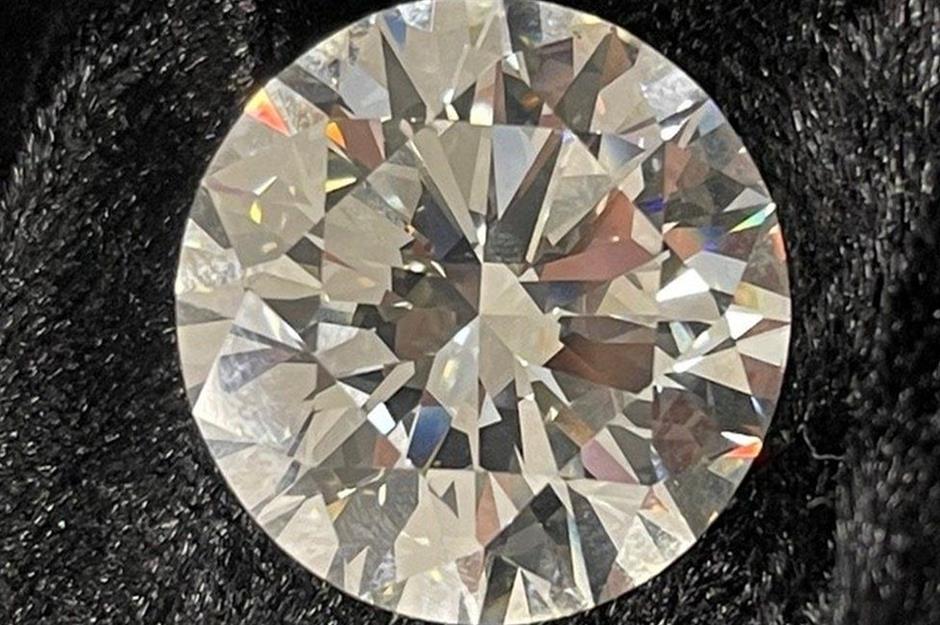
An unnamed 70-year old woman from Northumberland, England hit the jackpot when a piece of "costume jewellery" sitting in her jewellery box turned out to be the real deal – a sparkling diamond worth a staggering £2 million ($2.6m). After clearing out her home, the woman took the stone to be valued, and it was originally thought to be a cubic zirconia, which is an inexpensive synthetic diamond replica.
The 34-carat diamond in the jewellery box
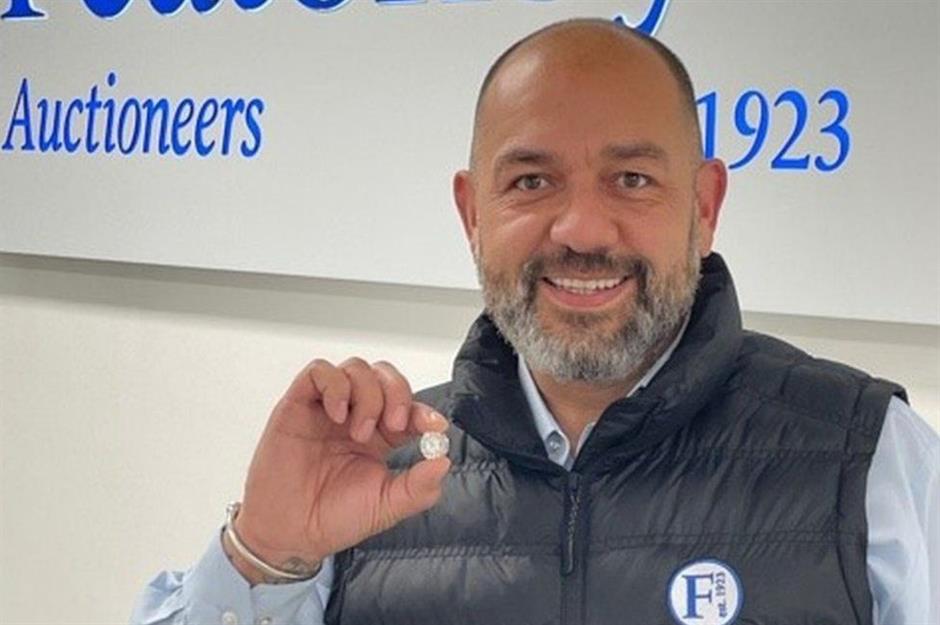
Experts later confirmed the stone, which is bigger than a £1 coin, is actually a 34-carat diamond. The gemstone was set to be auctioned, but instead it was sold to a mystery buyer for an undisclosed sum in October 2021.
Now see some amazing treasures discovered in backyards and gardens
Comments
Be the first to comment
Do you want to comment on this article? You need to be signed in for this feature